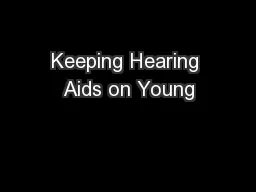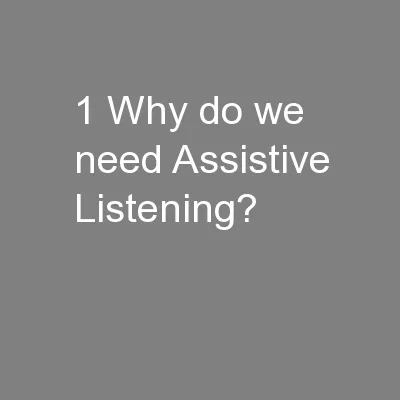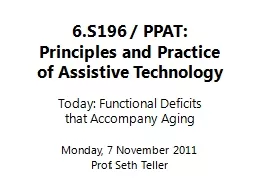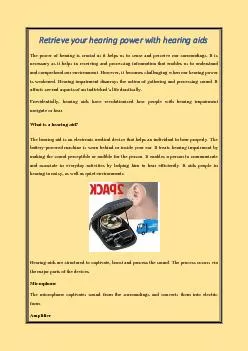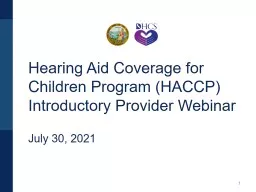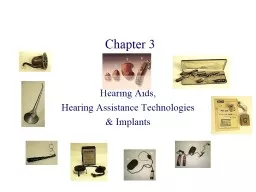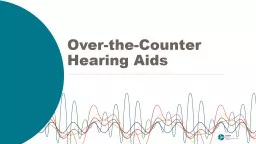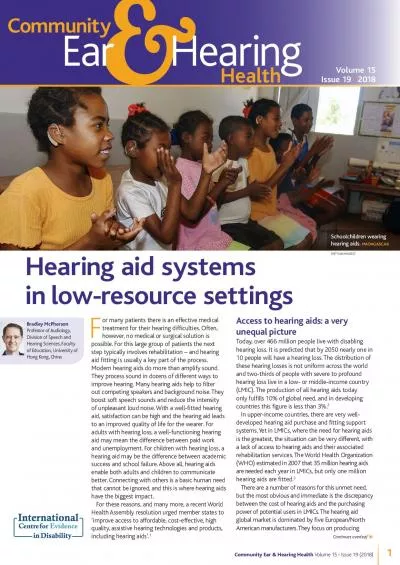PPT-Keeping Hearing Aids on Young
Author : mitsue-stanley | Published Date : 2017-08-09
Children Effective Strategies to Share with Families Karen L Anderson PhD amp Jane Madell PhD wwwsuccessforkidswithhearinglosscom wwwJaneMadellcom Learning
Presentation Embed Code
Download Presentation
Download Presentation The PPT/PDF document "Keeping Hearing Aids on Young" is the property of its rightful owner. Permission is granted to download and print the materials on this website for personal, non-commercial use only, and to display it on your personal computer provided you do not modify the materials and that you retain all copyright notices contained in the materials. By downloading content from our website, you accept the terms of this agreement.
Keeping Hearing Aids on Young: Transcript
Download Rules Of Document
"Keeping Hearing Aids on Young"The content belongs to its owner. You may download and print it for personal use, without modification, and keep all copyright notices. By downloading, you agree to these terms.
Related Documents

